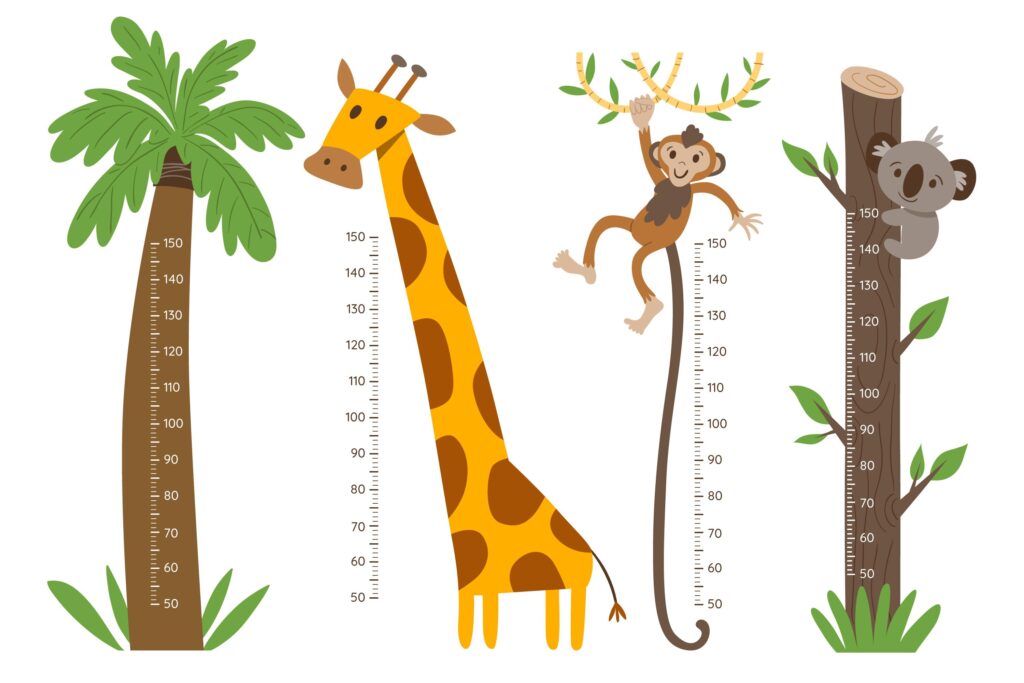Why is the oldest child the shortest is often a phenomenon observed in many families, but the reasons behind it are complex and multifactorial. This guide delves into the scientific explanations for why the oldest child might be shorter than their younger siblings, considering factors like parental resource allocation, genetics, and environmental influences.
By understanding these elements, we can better appreciate the intricacies of human growth and development.
Table of Contents
Understanding the Birth Order Effect on Height
The concept of birth order influencing physical and psychological traits has been studied extensively. When it comes to height, several theories and studies suggest that the oldest child may indeed be shorter than their younger siblings due to a combination of factors:
- Parental Resource Allocation: The parental investment theory suggests that parents may allocate resources differently as they have more children. The firstborn child often receives undivided attention and resources initially, but as more children are born, these resources—such as time, nutrition, and emotional support—must be shared. This redistribution can affect the growth patterns of subsequent children, sometimes resulting in younger siblings being taller.
- Prenatal Environment: The prenatal environment plays a significant role in determining a child’s growth. First pregnancies can be more challenging for mothers as their bodies are adjusting to the new demands of pregnancy. As a result, the firstborn might not have as optimal a prenatal environment as subsequent siblings, who benefit from the mother’s body having already adapted to pregnancy.
- Genetics and Epigenetics: Genetics undoubtedly play a critical role in determining height, but recent research also points to epigenetics—the study of changes in gene expression that do not involve alterations to the DNA sequence itself. Factors such as stress, diet, and environmental influences can lead to epigenetic changes that might affect growth differently in firstborns compared to their siblings.
- Maternal Age and Health: The age and health of the mother during pregnancy can also influence the height of her children. Older mothers might provide a different intrauterine environment compared to when they were younger, which could contribute to variations in the height of their children, particularly if the first child is born when the mother is younger and less experienced in managing pregnancy-related health issues.
Why Is the Oldest Child the Shortest?
While these factors can contribute to the oldest child being shorter, it’s important to note that this is not a universal rule. Height is influenced by a myriad of factors including genetics, nutrition, and overall health. In many families, the oldest child may be taller or of similar height to their siblings. The phenomenon of the oldest child being the shortest is more of a trend observed in certain populations rather than a strict biological rule.
Scientific Studies on Birth Order and Height
Several studies have explored the relationship between birth order and physical traits, including height:
- A study published in the Journal of Epidemiology & Community Health found that firstborns were, on average, slightly shorter than their younger siblings. The researchers attributed this to factors like prenatal conditions and parental resource allocation.
- Another study from The University of Auckland suggested that the differences in height might be linked to the changing lifestyle and health of the mother between pregnancies. As mothers age and possibly improve their health behaviors, younger siblings might benefit from a more favorable prenatal environment.
The Role of Nutrition and Lifestyle
Nutrition is a key factor in growth and development, and changes in dietary practices over time can impact the height of children within the same family. Younger siblings might benefit from improved family nutrition as parents gain more knowledge about healthy eating and child care. Additionally, as families grow and parents become more financially stable, the quality of food and healthcare might improve, giving younger siblings an advantage in terms of growth.
Conclusion about Why Is the Oldest Child the Shortest?
In conclusion, the oldest child being the shortest is a phenomenon influenced by various biological, environmental, and social factors. While not a hard and fast rule, it is a trend observed in some families due to differences in parental resource allocation, prenatal environment, genetics, and maternal health over time. Understanding these factors helps shed light on the complex dynamics of growth and development within families.
If you’re interested in exploring more about family dynamics and growth, continue to follow our updates for the latest insights and research on this fascinating topic.
